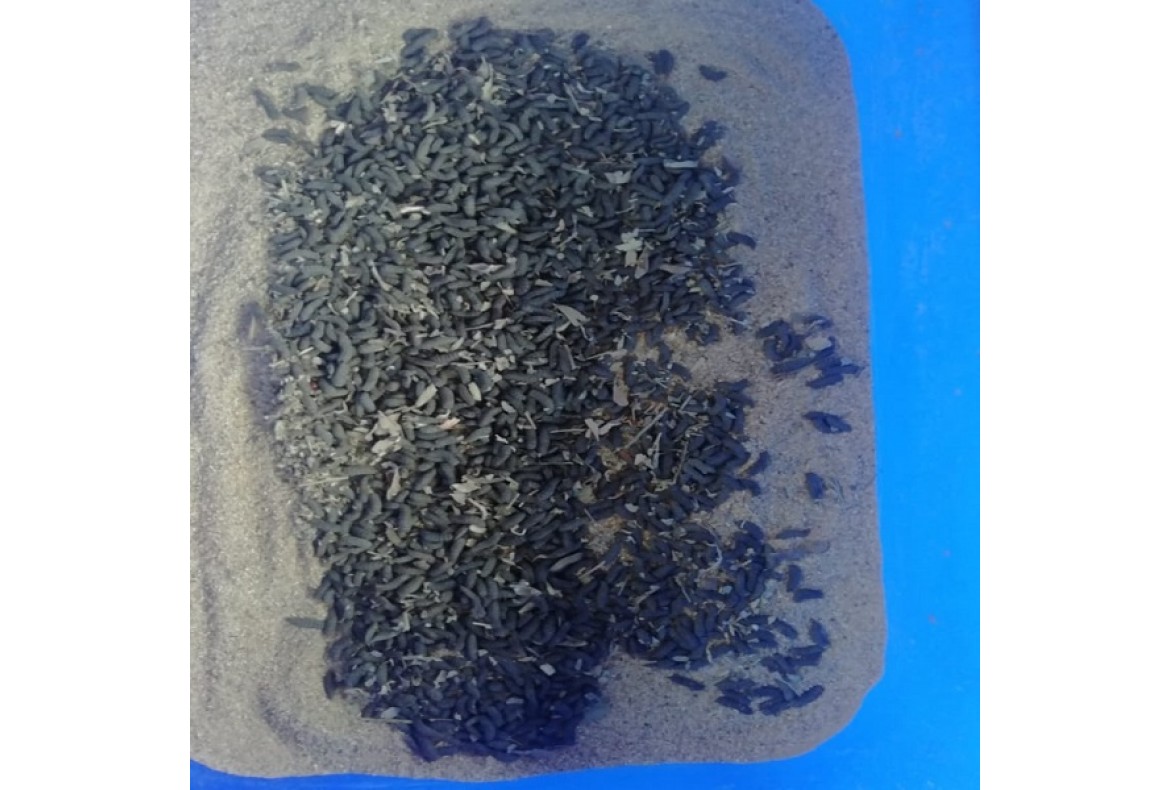Black soldier fly

This species is native to the Neotropical ecozone, but in recent decades has spread across all continents, becoming virtually cosmopolitan. It is present in most of Europe, including the Iberian Peninsula, southern France, Italy, Croatia, Malta, the Canary Islands, and Switzerland. It can also be found in the Afrotropical ecozone, the Australasian ecozone, the east Palaearctic ecozone, the Nearctic ecozone, North Africa,[(South Africa)], and the Indomalayan realm ecozone.
Kingdom | : | Animalia | |||||||
Phylum | : | Arthropoda | |||||||
Class | : | Insecta | |||||||
Order | : | Diptera | |||||||
Suborder | : | Brachycera | |||||||
Infraorder | : | Stratiomyomorpha | |||||||
Superfamily | : | Stratiomyoidea | |||||||
Family | : | Stratiomyidae | |||||||
Subfamily | : | Hermetiinae | |||||||
Genus | : | Hermetia | |||||||
Species | : | H. illucens | |||||||
The adults were of H. illucens measure about 16 millimeters (5⁄8 in) long.[3] These medium-sized flies have a predominantly black body, with metallic reflections ranging from blue to green on the thorax and sometimes with a reddish end of the abdomen. The second abdominal tergite has translucent areas, from which the specific Latin epithet derives. The head is wide, with very developed eyes. They have no mouth. The antennae are about twice the length of the head. The legs are black with whitish tarsi. The wings are membranous; in the resting time, they are folded horizontally on the abdomen and overlapped.
H. illucens is a mimic fly, very close in size, color, and appearance to the organ pipe mud dauber wasp and its relatives. The mimicry of this particular kind of wasp is especially enhanced in that the fly's antennae are elongated and wasp-like, the fly's hind tarsi are pale, as are the wasp's, and the fly has two small transparent "windows" in the basal abdominal segments that make the fly appear to have a narrow "wasp waist".[4] Black soldier fly larvae can be differentiated from blowfly or housefly larvae by a thin gray-black stripe on their posterior ends.
BSF Hands
MAKE YOUR OWN NATURAL FEEDS!
Organic feeds for chickens, ducks, turkey, fish, , birds etc.
1. Hatching of BSF eggs
2. Feeding the larvae
3. Larva Harvesting
4. Love cage preparation
5. Bio pond design
6.Adult handling
7. Collecting Bsf egg clusters
For more information please call us on :
Phone: 88869 15656



